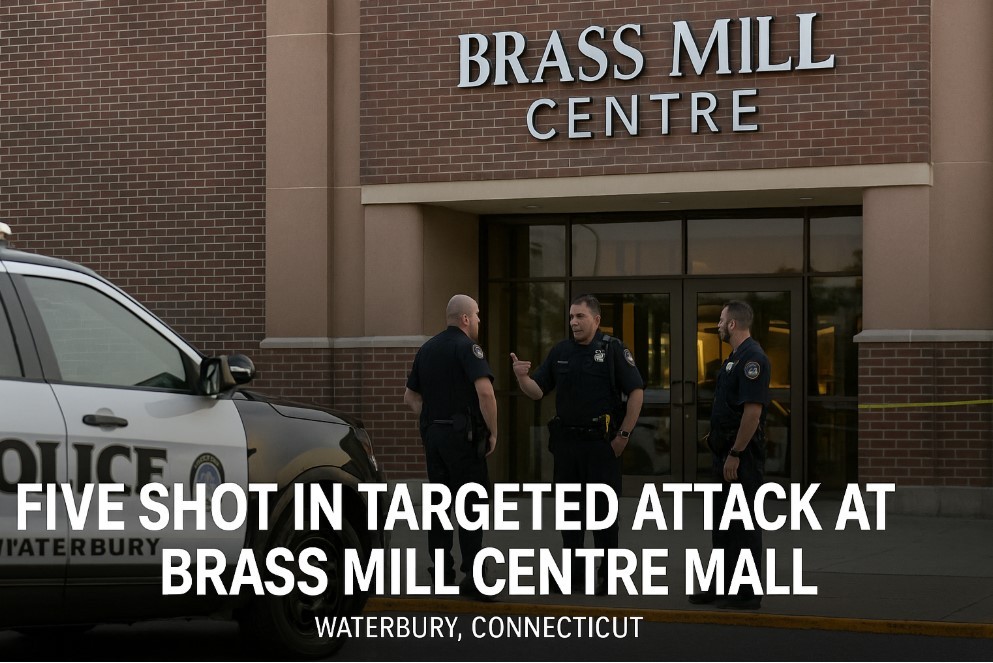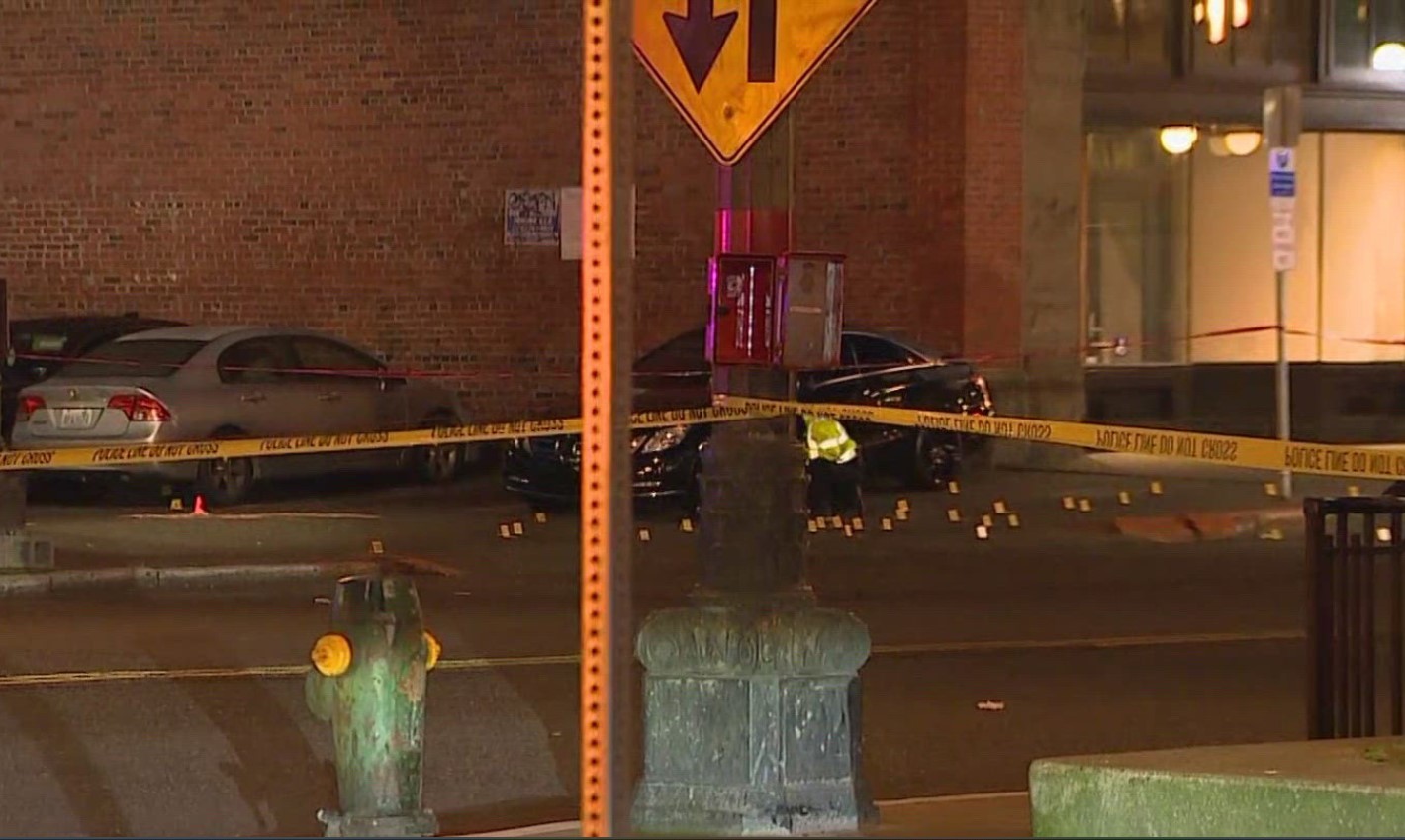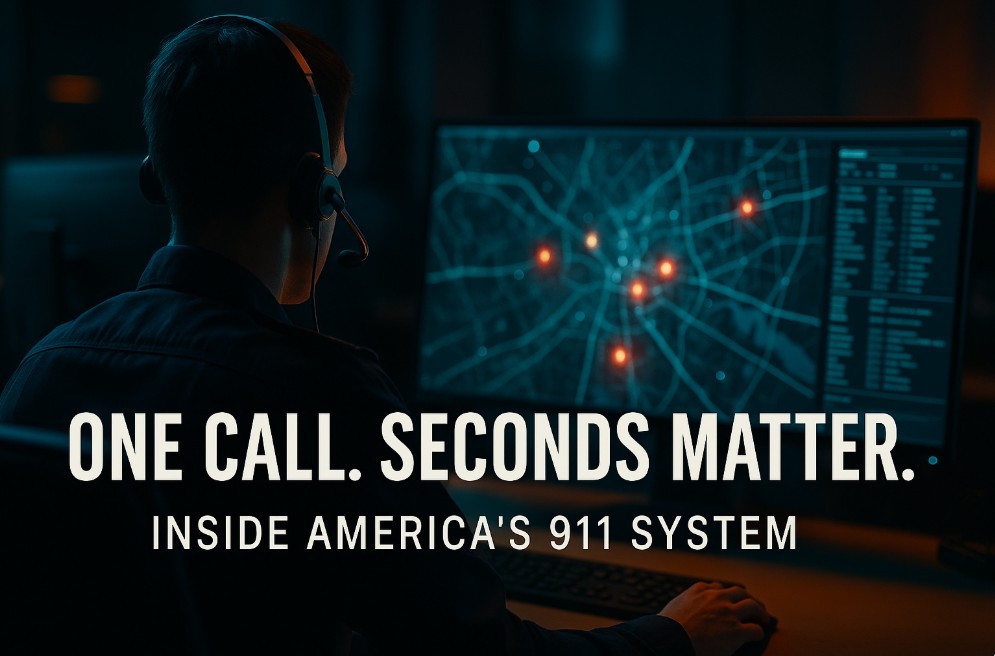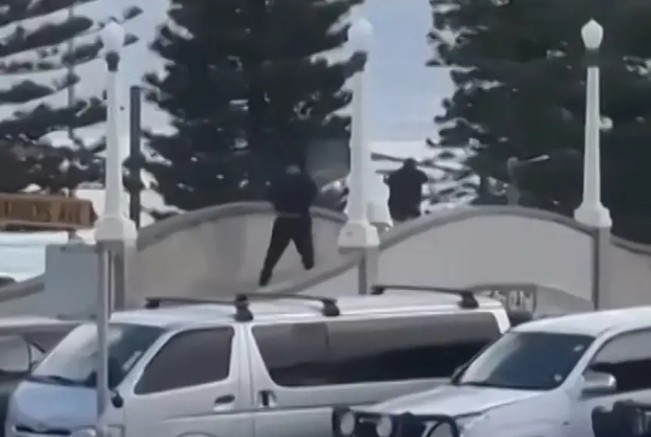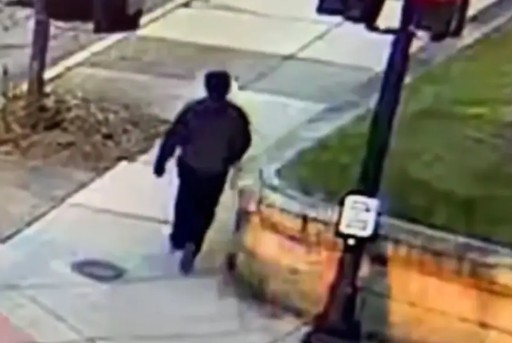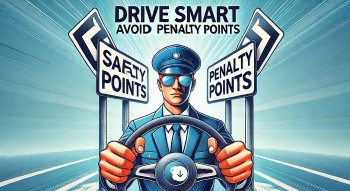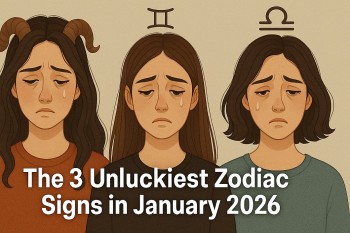FSU Mass Shooting: Unraveling the Tragedy and the Search for Answers
The campus of Florida State University, known for its red-brick buildings and Spanish moss-lined pathways, now bears the scars of a tragedy no one saw coming. On April 17, a 20-year-old political science student, Phoenix Ikner, opened fire near the Student Union, killing two people and injuring six others.
As the community grieves, investigators, students, and family members are left asking: How did this happen? The tragedy has become more than a news story — it’s a case study in missed signs, mental health failure, and dangerous access to firearms.
Read more: Who Is Jessica Ikner? The Veteran Deputy and Mother of Florida State University Shooting Suspect
 |
| Suspect in custody after shooting at Florida State University that killed at least 2 and injured 5 |
The Shooting: A Chilling Morning Turned Deadly
The attack began just before noon. According to police, Phoenix Ikner arrived on foot near the Oglesby Student Union, a hub for student gatherings and campus activity.
11:47 AM
Multiple shots rang out. Students ran, ducked, screamed. Emergency alerts flooded phones:
“Active Shooter near Student Union. Shelter in place immediately.”
12:10 PM
Officers engaged Ikner. After a brief standoff, he was shot in the leg and arrested.
Weapons Recovered:
-
A Glock 17 handgun (registered to his mother)
-
A 12-gauge shotgun from his vehicle
-
A loaded .22-caliber pistol
-
Multiple boxes of ammunition
-
Tactical gear including gloves, ballistic mask, and a pocket map of campus choke points
The Suspect: Phoenix Ikner’s Slow Descent
 |
| Phoenix Ikner |
Phoenix Ikner was, by most accounts, a bright student with an introverted streak. His academic performance at FSU was solid until last semester, when he withdrew from several courses.
He was raised by Deputy Jessica Ikner, a school resource officer and 18-year veteran of the Leon County Sheriff’s Office. His father left the family when Phoenix was young. Classmates said he rarely discussed his personal life — but seemed “weighed down” in recent months.
“He once told me ‘Everyone’s pretending. No one’s real,’” said a former roommate. “I thought it was just philosophy.”
Others noticed his social withdrawal:
-
He stopped attending group projects
-
Spent hours alone on campus late at night
-
Was seen filming students with his phone “for no reason”
-
Argued aggressively about surveillance, justice, and power
One professor reportedly flagged him for “troubling themes” in essays — but no intervention followed.
Read more: Who Is Phoenix Ikner? Everything We Know About the Florida State University Shooting Suspect
A Note in the Dorm Room: "They’ll Notice Now"
Inside his dorm room, investigators found a hand-written note:
“This isn’t about fame. It’s about impact. No one sees what I see. They’ll notice now.”
The room contained:
-
Downloaded PDFs of manifestos from previous shooters
-
Notes analyzing law enforcement response times
-
Diagrams of campus buildings
-
Links to extremist online forums
Despite extensive documentation, no single motive has been confirmed. Authorities believe the attack was fueled by a mix of internal psychological distress, ideological confusion, and personal resentment.
The Gun: A Symbol of Protection Turned Weapon
The gun used to kill was once meant to protect.
The Glock 17 used in the attack had been previously issued to Deputy Jessica Ikner, Phoenix’s mother, during her time on active duty. It was later retired and legally transferred to her personal ownership.
Critical Questions Now Being Asked:
-
Was the gun secured?
-
Did Phoenix have access without permission?
-
Did Deputy Ikner notice any changes in his behavior?
Sheriff Walter McNeil confirmed:
“The weapon was legally owned. The concern now is access, and we’re actively investigating that.”
Jessica Ikner is cooperating fully, according to sources, and has been placed on paid administrative leave pending internal review.
The Victims: Innocent Lives Shattered
The two deceased victims have been identified as:
-
Eli Matthews, 22, a recent graduate visiting campus for a career fair
-
Andre Hayes, 21, a culinary student from a nearby college visiting a friend at FSU
Of the six injured:
-
Two remain in critical condition
-
One underwent emergency surgery Thursday night
-
Three are recovering in stable condition
One survivor, Daniela Ortiz, was shot in the shoulder.
“I saw his eyes. He didn’t look angry. He looked... empty,” she said from her hospital bed.
Mental Health and Missed Opportunities
The tragedy has reignited debate over mental health resources on college campuses, especially in large public institutions like FSU.
Despite previous complaints and red flags, Phoenix Ikner was never referred for psychological evaluation or disciplinary review. Some students now wonder if FERPA privacy laws prevented faculty from acting.
“We have an entire threat assessment team on paper,” said one anonymous staff member, “but it’s unclear what actually triggers intervention.”
A Campus in Mourning, and Demanding Change
In the wake of the shooting:
-
All FSU classes and events are canceled through Sunday
-
Counselors have been made available in dorms, libraries, and athletic centers
-
Hundreds attended a vigil Thursday night, where candles flickered across Landis Green
FSU President Richard McCullough spoke at the memorial:
“We are shaken, but we are not broken. This university will honor the lives lost by fighting for answers — and change.”
What’s Next for Phoenix Ikner?
He remains under medical care and in police custody. Charges expected:
-
2 counts of first-degree murder
-
6 counts of attempted murder
-
Possession of a firearm on school grounds
-
Use of a firearm in a violent felony
The State Attorney’s Office may pursue life without parole, or possibly the death penalty, depending on psychological evaluations.
Conclusion: The Tragedy Beneath the Surface
The FSU mass shooting was not just a sudden burst of violence — it was the end of a slow collapse. A young man who lived in the shadows of law enforcement. A university caught in its own bureaucracy. Friends who noticed, but didn’t speak. A mother with a badge, now facing questions no parent should have to answer.
As the university moves forward, it does so with a heavier heart — and a sharper eye toward what must change.
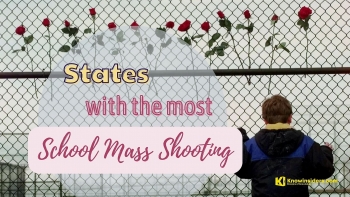 Top 10 States With The Most School Mass Shootings In the U.S Top 10 States With The Most School Mass Shootings In the U.S School shootings are tragic events that cause death and injury in places of learning that are supposed to be safe havens. The top 10 states ... |
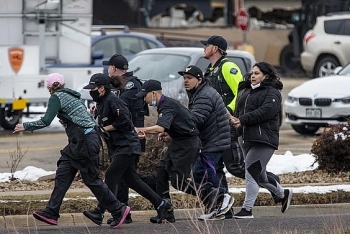 Why Are There Many Mass Shootings in the USA? Why Are There Many Mass Shootings in the USA? The US has a large number of guns that are readily available for purchase, and this is thought to be the primary cause of the ... |
 Mass Shootings in the U.S: Understanding the Causes, History, and Safety Measures Mass Shootings in the U.S: Understanding the Causes, History, and Safety Measures The United States, a country with some of the most permissive gun laws in the world, experiences a higher frequency of mass shootings compared to ... |
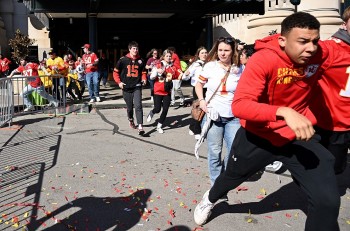 How Many Mass Shootings in the U.S in 2024? How Many Mass Shootings in the U.S in 2024? Gun violence continues to plague the United States, with mass shootings becoming an almost daily occurrence in 2024. How many incidents have we faced? What ... |
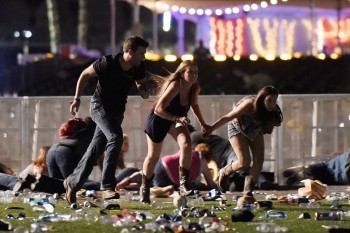 List of 39 Mass Killings in the U.S for A Year List of 39 Mass Killings in the U.S for A Year At least 170 people have been killed in at least 39 mass killings in the United States in 2024. |

